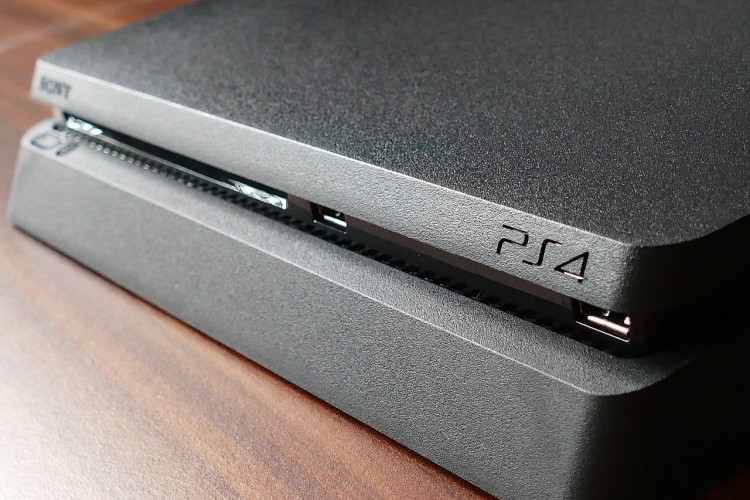PlayStation 5 comes with PSVR support, faster hardware rendering, SSD's and a gentle transition from PlayStation resulting to backward compatibility.
In a recent interview, Sony confirmed that they are working on the next generation of PlayStation. Although it has not been named yet, fans and followers are already assuming the PlayStation 4 name to be the PlayStation 5.
Mark Cerny, PlayStation 4 lead system architect declared that Sony is indeed working on the company's next-generation console. Cerny described the evolution from PS4 to its successor as a gentle transition.
The lead system architect confirmed that what the public calls as PlayStation 5 will partly adopt the PlayStation 4 architecture. The evolution is set to break how Sony transited from PlayStation 2 to PlayStation 3 which was described as a drastic one.
The alleged PlayStation 5 brings a new thrill of excitement to gamers as Sony is set to use solid-state drives (SSD) on the hardware of the next gaming console. Having the SSD, hard drives being able to keep up with the rendering requirements will have the capacity to load a gaming sequence to up to 20 times faster than the current consoles hard drive.
With VR making a noise in the virtual world, Sony makes it sure that the next generations of game console allegedly the PlayStation 5 supports the PSVR. Although Cerny refused to go into details about the VR strategy, he assured the public that the PlayStation 4 successor is PSVR headset compatible.
The PlayStation 4 architect reported that audio is one area that Sony could boast about with the alleged PlayStation 5. He stressed out that Sony's audio innovation immerses the players deeper into the game as it will feature the AMD chip that will enable the 3D audio.
Ray tracing is another experience to look forward to with the PlayStation 5. Sony will equip the PlayStation 4 successor with graphics cards that provide support for ray tracing giving the players a more realistic connection to the environment of the game.
Cerny reminded the public that the PlayStation 5 is not an all-digital device as it is designed to have a slot for physical disks. The next-gen console will also be packed with eight cores of the seven-nanometer Zen 2 microchip, a third-generation Ryzen based CPU on an AMD chip and an 8K support display which will primarily depend on the TV's capacity.
No official announcement on the PlayStation 5 release was made yet. However, if the May 2018 statement from John Kodera, Sony's head of PlayStation will be the basis, the PS5 will be out by 2021. Kodera's statement said that PlayStation would be three years off to prepare for the next step.



